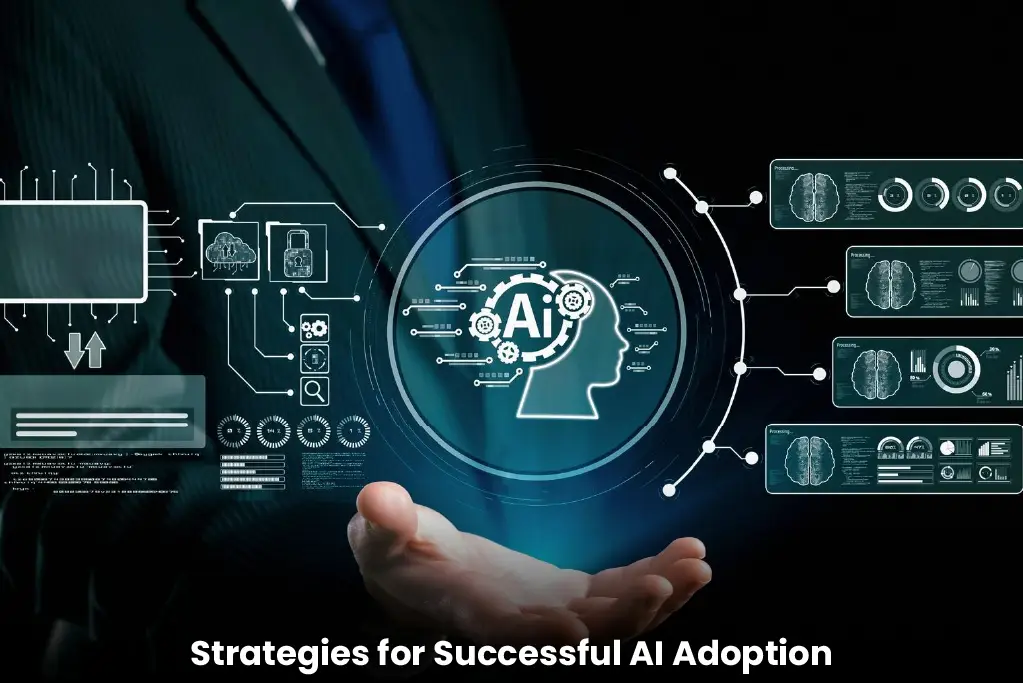Today, Chief Risk Officers (CROs) face new challenges in a changing and uncertain world. Supply chain issues, cyber threats, new regulations, and economic worries require adaptable strategies. These strategies help protect the resilience of organizations. Enter artificial intelligence; a transformative force reshaping enterprise risk management (ERM). AI can change how businesses spot and handle risks, but it also has challenges. Leaders guiding this transition must grasp the potential and the risks involved.
The New Frontier of Risk Management
Old risk management methods often fall behind when faced with fast-moving threats. Manual processes and separate data systems make things hard for companies. Reacting only after issues arise puts them in a tough spot. AI is changing the game by quickly hunting down hidden patterns in large volumes of data. Businesses can change their strategies with machine learning, natural language processing, and predictive analytics. This helps them respond quickly and not just depend on past data. This aids in managing risks better and faster. They can stay ahead of new threats.
In finance, AI algorithms analyze market trends, geopolitical events, and social sentiment. They help predict credit defaults and liquidity crises. Retail giants use AI to spot supply chain issues. They adjust inventory levels to prevent problems from getting worse. These applications show how AI can make risk management a strategic advantage.
Opportunities Unveiled by AI in ERM

AI can combine different data streams, making it very powerful. Legacy systems often trap critical information in departmental silos, obscuring holistic risk visibility. AI unifies these fragments, enabling cross-functional insights. Integrating cybersecurity logs with operational data can show hidden vulnerabilities. These gaps might stay unnoticed until a breach happens.
Predictive analytics further elevates this capability. Machine learning models use historical data to predict new risks. These risks include regulatory changes, market downturns, and operational failures. A global company used AI to forecast supplier insolvency risks six months in advance. They could renegotiate contracts and add new vendors, which helped avoid production delays.
Risk prioritization is another area where AI excels. Traditional risk matrices, reliant on subjective assessments, often misallocate resources. AI measures risks by looking at how likely they are and how fast they can happen. This helps teams concentrate on the most important threats. AI-driven models in healthcare focus on patient safety. They do this by analyzing clinical data, staffing patterns, and equipment maintenance records. This helps to cut down on preventable errors.
Operational efficiency gains are equally significant. Automating tasks like compliance monitoring and fraud detection helps risk teams. This way, they can focus on important projects. Insurers now use AI to speed up claims processing. It also helps them spot fraud more accurately. A case study highlights that financial institutions leveraging AI for operational streamlining experienced a 40% reduction in processing times, enabling the reallocation of resources to strategic projects.
Pitfalls to Navigate
Despite its promise, AI’s integration into ERM is fraught with challenges. Data quality remains a foundational concern. AI models are only as reliable as the data they ingest. Incomplete, biased, or outdated datasets can skew outcomes, leading to flawed risk assessments. A survey revealed that only 23% of risk and compliance teams are very confident in the accuracy, quality, and actionability of their risk management data. Only 5% feel very confident in gathering and reporting risk insights for decisions.
Overreliance on AI poses another danger. Human oversight is essential to interpret algorithmic outputs, particularly in ambiguous scenarios. Autonomous systems can overlook important details. For example, they may not notice how culture shapes what people buy. They also might not realize how sudden global events can change things. Human experts, however, notice these nuances naturally. Striking a balance between automation and human judgment is crucial.
AI’s ‘black box’ problem creates big ethical and regulatory risks. It hides how decisions are made. This lack of transparency creates accountability issues. Companies need to explain why AI models make certain decisions. This includes reasons for loan rejections or marking transactions as suspicious. Regulatory agencies are tightening their grip on algorithmic fairness, transparency, and compliance. The EU’s AI Act requires strict audits for high-risk AI systems. It focuses on explainability and reducing bias.
Cybersecurity threats compound these concerns. AI systems themselves can become targets. Adversarial attacks happen when untrustworthy sources change input data to trick models. This poses a risk to the integrity of risk management frameworks. Robust cybersecurity protocols and ongoing model validation are non-negotiable.
Also Read: Sales Performance Management: A Chief Revenue Officer’s Guide to Maximizing Growth
Strategies for Successful AI Adoption

For CROs championing AI integration, a structured approach mitigates risks while maximizing value. Begin by aligning AI initiatives with organizational objectives. Testing use cases with clear ROI boosts stakeholder confidence. Examples include spotting fraud and automating compliance. Work with different teams. This helps ensure your models consider various data sources and real-world operations.
Prioritize data governance and healthy datasets. Clean and well-organized data is key to making AI work. Set clear rules for collecting, labeling, and updating data. If needed, partner with outside providers to fill any gaps. Make sure to carefully check external data for biases or mistakes.
Prioritize transparency. Opt for interpretable AI models where possible, and document decision-making processes meticulously. Tools like LIME make complex algorithms easier to understand. This builds trust with regulators and internal teams.
Upskill your workforce. Equip risk professionals with the analytical literacy to collaborate with data scientists. Encourage a culture of continuous learning, blending technical expertise with industry-specific insights.
Finally, embed ethical considerations into AI development.
- Conduct bias audits.
- Diversify training data.
- Set up oversight committees to review important decisions.
Proactively engage with regulators to shape evolving compliance standards.
The Path Forward
AI’s role in ERM is not a question of ‘if’ but ‘how.’ Organizations that handle this change wisely will gain an advantage. They can turn risk management into a driver of innovation. Yet, success hinges on recognizing AI as a tool; not a panacea. Human intuition, ethical rigor, and strategic vision remain irreplaceable.
As one CRO at a Fortune 500 firm aptly noted, “AI doesn’t replace our expertise; it amplifies it. We ask the right questions. We challenge the results. We ensure technology supports our mission.” Today, leaders who embrace AI can change enterprise risk management. They also need to understand its limits.
Conclusion
The rise of AI in ERM marks a pivotal shift in how businesses anticipate and respond to risk. CROs have a clear task: use AI’s analysis skills but be mindful of its limits. Organizations can change risk management from a defensive move into a strategic asset. They can do this by encouraging teamwork, valuing transparency, and staying ethically alert. The future belongs to those who navigate this balance with foresight and agility.

